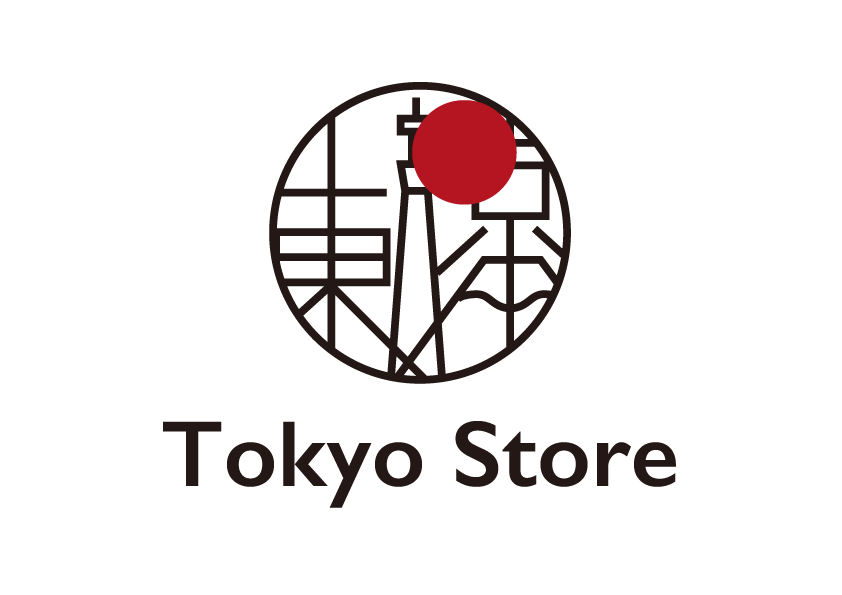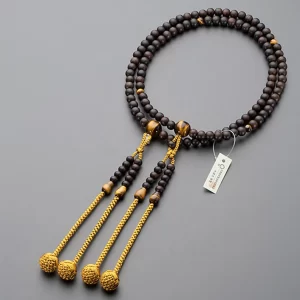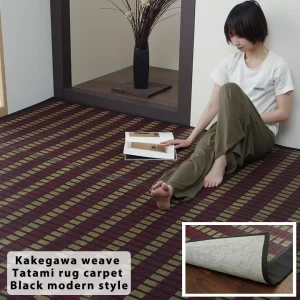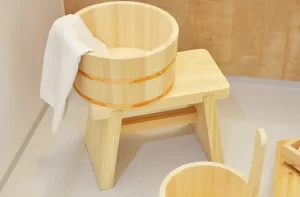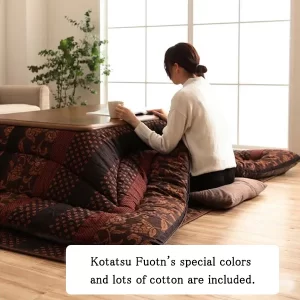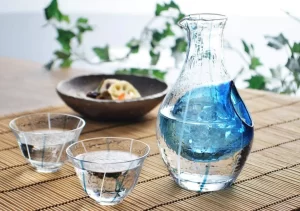NEWS
What is the difference between Japanese tableware and Western tableware?
“Hold” and “Put” tableware Differences in nature due to habits.Japanese etiquette is to hold a rice bowl or miso soup bowl while eating.However, when eating Western food, it is customary to leave the dishes on the table while eating.Western tableware is large and heavy because you don’t have to lift the tableware by hand to eat.Japanese tableware has various individual differences in shape, size, and weight. The uniqueness of Japanese tableware is related to the culture of chopsticks.For example, miso soup is delivered directly to the mouth, so not only the feel of the bowl but also the mouthfeel is important. In addition to the design and quality of the […]
What are Japanese Prayer beads?
Prayer beads are called “Juzu” and are widely spread throughout Japan.It is also called Nenju because it is used to count the number of Buddhist sutras and nembutsu chanting.It is said that by holding prayer beads and putting your hands together in prayer, you will connect with the Buddha, get rid of worldly desires, and gain merit.Prayer beads are talismans that protect the owner and are the only Buddhist tools that show the connection with Buddha. About Juzu (Prayer beads) and Nenju (Prayer beads) ■ Let’s understand the true meaning of Prayer beadsPrayer beads are said to be a talisman if you always wear them.By putting your hand through the […]
Kakegawa weaving Tatami rug recommended introduction
First of all, Tatami rug is a rug made of natural Tatami material Rush with traditional Japanese weaving.And there are many types of Tatami Rush weaves.Among them, we will introduce Kakegawa weaving, which has been handed down from ancient times in Fukuoka Prefecture, Japan. In the first place, what is Kakegawa weaving? It is the name of the Tatami rug weave that has been handed down from ancient times in the Chikugo region of Fukuoka Prefecture, Japan.Kakegawa weaving is characterized by alternating large and small weaves.Because the weaving method is rarely seen outside of the Chikugo region, the weaving method is designated as an intangible cultural property of Fukuoka Prefecture. […]
Tokoname ware Kyusu teapot Recommended
Tokoname ware, which has been made mainly in Tokoname City, Aichi Prefecture, boasts the largest market share in Japan for Kyusu teapots. Tokoname ware teapots are designated as important intangible cultural properties. Tokoname ware Kyusu teapot is an integral part of Japanese culture. Speaking of Kyusu teapot, Tokoname ware is recommended. There are many types of Tokoname-yaki Kyusu teapots, from classical to modern. In addition, the tea brewed in the Tokoname-yaki Kyusu teapot is very mellow and delicious. That is the secret behind the popularity of Tokoname ware teapots. *Click here for Japanese candle items What are the characteristics of Tokoname ware Kyusu teapot? Tokoname ware is a type of […]
Recommended Hinoki Cypress items for your bath
The most attractive features of Hinoki Cypress baths, tubs, and chairs are the unique scent and feel of wood. Hinoki Cypress fragrance ingredients have a relaxing effect. You will feel as relaxed as if you were bathing in the forest. In addition, the ingredients contained in Hinoki Cypress have high insect repellent and bactericidal effects. It also has a deodorizing effect, so it prevents the growth of odors and bacteria and keeps the bathroom clean. In addition, Hinoki Cypress is resistant to water and has a moisturizing effect. Bathrooms tend to be filled with moisture, but the Hinoki Cypress bath absorbs moisture. *Click here for Hinoki Cypress items For comfortable […]
Japanese traditional candle history
Candles have been used since the days of sun worship. It is known that it existed in Europe and China around the 3rd century BC. The Greeks also used bundles of papyrus grass or reed leaves and candles coated with beeswax or animal fat. It is a little different from the candles used today, but unlike today, in a time when there was no electricity, candles were used mainly for religious ceremonies in palaces and temples as a valuable tool to illuminate dark places. was used. Candles were thought to have purifying powers It is believed that the light of candles wards off evil spirits, wards off evil, purifies the […]
Kotatsu Futon Blanket, a tradition of winter in Japan
In Japan, the Kotatsu Futon Blanket is something that people miss when the cold weather sets in. Kotatsu Futon Blanket mandarin oranges are said to be a winter tradition in Japan. The origin of Kotatsu Futon Blanket goes back to the Muromachi period and is said to have a long history of 500 years. Kotatsu Futon Blanket is a heating appliance suitable for Japanese life Why was Kotatsu Futon Blanket born in Japan in the first place? It was deeply related to the living environment in Japan. Japanese houses were designed to be airy. This is considered to be one of the countermeasures against summer heat, and in “Tsurezuregusa” written […]
About the history of traditional Japanese sake bottles and sake cups
The origin of sake dates back to the Nara period in Japan, when sake brewing using rice and koji was established. They used the harvested rice to make sake, offered it to the gods, and prayed for a good harvest and good health. Until around the Heian period, it was used at festivals, and it was a special drink for privileged people to drink at New Year’s and other celebrations. I started drinking alcohol. Accordingly, “SAKE bottle, SAKE cup” developed Tokkuri (SAKE bottle), Ochoko (SAKE cup), Sakazuki (SAKE cup) are familiar to us. Some are hardly used nowadays. There are various materials such as lacquerware, porcelain, pottery, and metalware. In […]
Why we recommend Tatami Rush nap mattress
Tatami Rush nap mattress is a nap mattress made of Tatami material with a simple lattice pattern using the natural material Rush. Comfortable Tatami Rush nap mattress Tatami Rush is: This mattress uses Tatami Rush material from Japan Each Rush is thick and has a thick skin and fine fibers. The inner material is made of 40mm hard cotton with a focus on cushioning properties, so it has just the right amount of elasticity and can be used comfortably even on flooring. Aomori Hiba processing is applied to the surface of Tatami Rush. Features of Tatami Rush Product size (approximately) 90 x 200 cm material Lining: Japanese Rush Middle material: […]
What is Mino ware? Mino ware evolving with features and types
Mino ware is used in many of the tableware in Japan. Mino ware is a traditional Japanese craft and the standard tableware of Japan. It is said to have originated from Sueki in the Nara period, and reached its peak in the Azuchi-Momoyama period. From the Nara period to the present day, the technique has continued to evolve, and today it has become an indispensable part of the Japanese dining table. The characteristics of Mino ware have been handed down unchanged even today, when it has come to be casually used in the daily life of Japanese people. The flow of using glaze and the enjoyment of distorted shapes are […]
